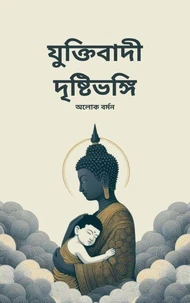Women in India have been suffering for ages. Hindu scriptures treat women as commodities and often equate them to animals. Even a Brahmin woman is considered equivalent to a Shudra, according to these scriptures. Hinduism deprives women of their basic rights. For instance, during Karva Chauth, only the wife is required to fast-never the husband. The wife has to wear a mangalsutra and apply sindoor to signify that she is the "property of someone, " much like how a board is placed on a piece of land to indicate ownership.
However, the husband is not required to wear any such symbol. If a girl is born in an "inauspicious" month, she is labeled as Manglik. Due to this superstition, it is believed that her husband will die early, and as a remedy, she is sometimes married off to a peepul tree or even a dog. According to Hindu scriptures, a wife must either live a life of celibacy after her husband's death or mount his funeral pyre (sati), while there is no such obligation for a husband.
A man is free to marry another woman after the death of his wife, and in many cases, even while his wife is still alive. Only a son is allowed to light the funeral pyre of his parents; daughters are barred from performing this final rite. Hindu culture is male-dominated-men are portrayed as assertive and powerful, while women are expected to remain submissive.
Women in India have been suffering for ages. Hindu scriptures treat women as commodities and often equate them to animals. Even a Brahmin woman is considered equivalent to a Shudra, according to these scriptures. Hinduism deprives women of their basic rights. For instance, during Karva Chauth, only the wife is required to fast-never the husband. The wife has to wear a mangalsutra and apply sindoor to signify that she is the "property of someone, " much like how a board is placed on a piece of land to indicate ownership.
However, the husband is not required to wear any such symbol. If a girl is born in an "inauspicious" month, she is labeled as Manglik. Due to this superstition, it is believed that her husband will die early, and as a remedy, she is sometimes married off to a peepul tree or even a dog. According to Hindu scriptures, a wife must either live a life of celibacy after her husband's death or mount his funeral pyre (sati), while there is no such obligation for a husband.
A man is free to marry another woman after the death of his wife, and in many cases, even while his wife is still alive. Only a son is allowed to light the funeral pyre of his parents; daughters are barred from performing this final rite. Hindu culture is male-dominated-men are portrayed as assertive and powerful, while women are expected to remain submissive.

 , qui est-ce ?
, qui est-ce ?